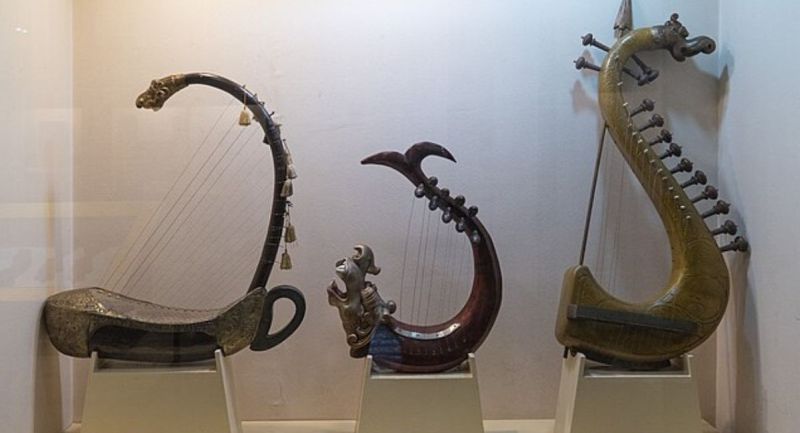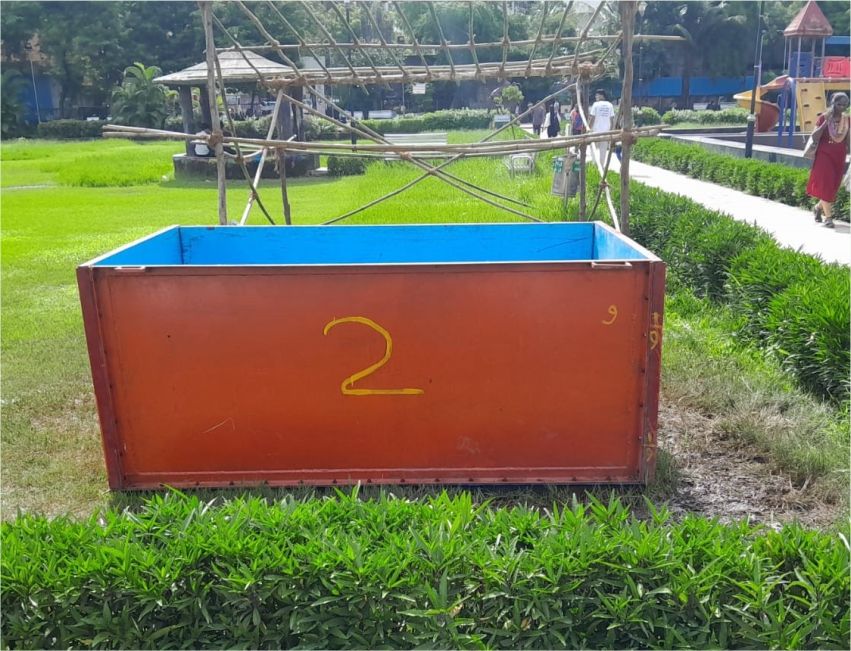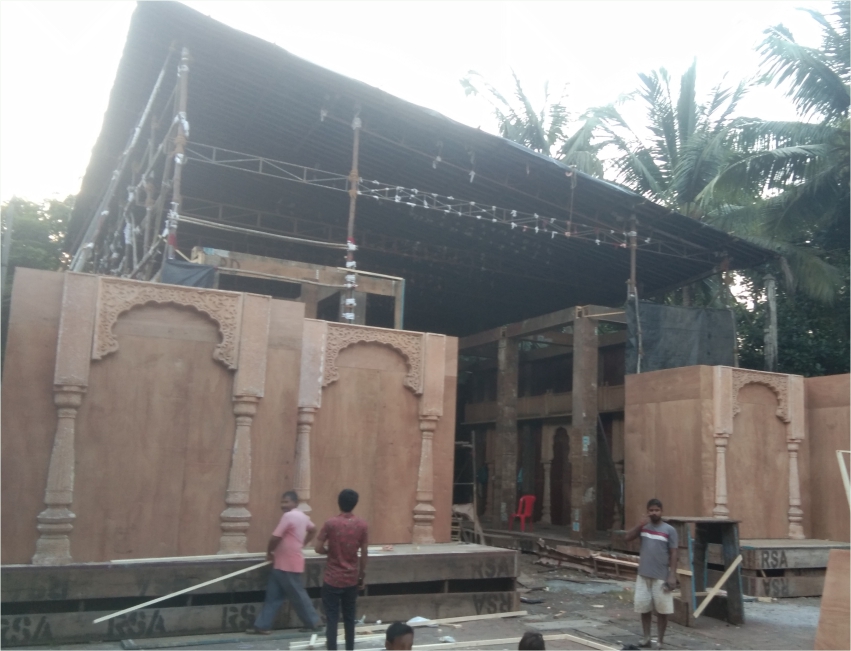Forgotten strings

- Newsband
- 03 May, 2025
India’s rich musical legacy spans thousands of years, but many of its earliest instruments, once integral to cultural identity and tradition, are now at risk of falling silent forever. While modern audiences remain familiar with the sitar, tabla, and veena, a deeper exploration into the subcontinent’s sonic history reveals a range of unique instruments whose melodies once defined royal courts, spiritual rituals, and folk performances — yet today are remembered only by a shrinking circle of dedicated musicians and scholars.
One such is the Ravanahatha, believed to have been used over a millennium ago in Rajasthan. Crafted from humble materials like coconut shells and bamboo, and played with a bow, it is said to be named after the mythical king Ravana, believed to have been a revered musician.
The Surbahar was developed in the 1700s as a bass-toned counterpart to the sitar, designed for slower and more contemplative renditions of classical raga. Favoured by classical musicians for its ability to render slow, expansive ragas, it allowed performers to explore the emotional depths of Indian classical music. However, with changing audience preferences and the rise of faster-paced compositions, the Surbahar has largely faded from concert halls.
Among the oldest instruments still sporadically performed today is the Rudra Veena. Deeply linked to spiritual practice and the ancient dhrupad tradition, the Rudra Veena’s use has declined significantly. Pockets of revival exist in places like Pune, Bhopal, and Mumbai, where artists continue to pass on the tradition to a new generation.
Originating from Manipur, the Pena was traditionally used in rituals and oral storytelling, playing a central role in the region’s cultural and spiritual practices. Its melancholic tone made it a favourite in both royal and religious settings. Today, with the decline of traditional practices in Northeast India, the Pena is rarely seen outside of cultural festivals or revivalist performances.
Further south, the Gottuvadyam, a precursor to the modern chitravina, was once a staple of Carnatic concerts. Its fretless design and capacity for microtonal variation made it an expressive tool for classical musicians. However, as the violin gained favour in Carnatic ensembles, the Gettuvadyam slowly disappeared from public memory.
The Yazh, an age-old string instrument from Tamil Nadu, traces its roots to the Sangam era and was once celebrated in ancient Tamil literature for its ethereal tones. Though now extinct as a performing instrument, scholars in Tamil Nadu are attempting to revive it.





